Mongols, Ming, Silk Road, Indian Ocean
1/71
Earn XP
Description and Tags
https://docs.google.com/document/d/1uTC2AH75cGRSl5vNSGambs-O5l-5mSah/edit
Name | Mastery | Learn | Test | Matching | Spaced |
|---|
No study sessions yet.
72 Terms
What are all the key components of a Civilization?
Large population centers
Monumental architecture and unique art styles
Shared communication strategies
Systems for administering territories
Complex division of labor
Division of people into social and economic classes
Large population center example
The urban center of Teotihuacan in Mexico had roughly 200,000 residents in 300 and 600 C.E. Their residents thrived on their rich agriculture. The residents also relied on their trading and wealth, as their area was loaded with high value obsidian
Monumental architecture and unique art styles example
Great Zimbabwe had multiple ancient monuments surrounding their civilization. They are known for their unique art style of incorporating native animals in their soapstone carvings. A popular stone sculpture known as the “Zimbabwe Bird” is an example of their artistic architecture
Shared communication strategies example
Spoken language, numeric system, signs, ideas and symbols. A good example of the usage of communication strategies was Sumerian, developed in Mesopotamia in 3100 B.C.E. Their writing was called cuneiform and they used differing shapes of wedges and triangles
Systems for administering territories example
Rome can be used as an example as they had territory from the Mediterranean basin to areas of Great Britain and the Black sea. They first built a network of roads to have fast communication between their territories. They built structures to declare their territories. Relying on spreading their language, Latin. They also relied on codes, laws, and having local leaders in every area they owned
Complex division of labor example
The city of Timbuktu was a trading center for African civilizations. Farmers may cultivate one specific type of crop while they rely on others for food, clothing, shelter and information
Division of people into social and economic classes example
People are often divided based on income and type of work performed. In the medieval civilizations in Europe, this is how they divided their people. Kings and Queens would come before anybody else
Cultural Diffusion
The spread of cultural trends across locations
Nirvana
To achieve wisdom, Let go of worldly cares and find enlightenment
Reincarnation
To be reborn. Reincarnation is seen in both Hinduism and Buddhism as a part of their basic beliefs.
Eightfold Path
A buddhism belief, shown in the wheel of law. Consists of: Right View, Right Resolve, Right Speech, Right Action, Right Livelihood, Right Effort, Right Mindfulness, and Right Concentration.
Chinese Civil Service Exam
Important vehicle of social mobility. It was a test based on Confucianism to receive a job in the civil service (administration of government).
India’s Caste System
A social hierarchy passed down through families, it detects the professions a person can work as well as aspects of their social life, including whom they can marry
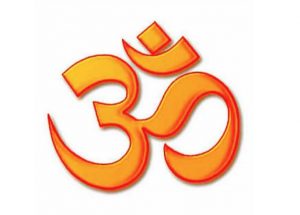
Aum
A Hinduism symbol which symbolizes the universe and ultimate reality
Four Noble Truths
A buddhist following ,
Truth of Suffering
Truth of the cause of suffering
Truth of the end of suffering
Truth of the path that leads to the end of suffering
Sunni
80% - 90% of Muslims. When the prophet Muhammed died, the next leader of Islam did not have to be blood related.
Shiite
Believe that the next leader/messenger of Islam has to be blood related to the prophet Muhammad.
Five Pillars of Islam
Only one god - Allah
Play 5 times a day
Charity to others
Fasting (Ramadan)
Pilgrimage to Mecca
Genghis Khan
Emperor of China during Pax Mongolia. Pax Mongolia was the time period when it was known as “Mongols peace”. Genghis Khan was very powerful, since he was able to defeat the last Dynasty of China. During the Pax Mongolia created the Silk road.
Khanates
A region ruled by the khan ( Mongols or Turkic supreme ruler ) - Like the Yuan Dynasty
Mongols/Song Dynasty
The Mongols invaded China during the 13th century, then the Song Dynasty was taking place. The next Dynasty was called the Yuan Dynasty, which was the period of the Mongols.
The importantance of the Silk Road
The silk road was a many continuous roads used for trading from many different countries and states. Culture, Language, Religion and goods spread along the Silk Road. After the fall of the Silk Road, it led to cross-continental communication and fast and reliable trade.
Why did the Silk Road get this name?
Chinese silk was highly prized and valuable, traded between Europe and other countries.
Indian Ocean Trade
Far more diverse than the Silk roads, and is the biggest system of trade routes. From Swahili, Coast Cities, Islamic Empires in the Middle East, India, China and Southeast Asia.The merchants were in charge of trade so most trade was peaceful. Since the goods were being shipped on boats, they could carry bulky items.
Admiral Zheng He
An admiral who led more than 300 ships and 27,000 men. His expeditions communicated to the world that China was powerful. He spread Islam and many Chinese goods. As well as bringing home goods like gold, ivory, camels and even a giraffe.
Monsoon Winds
Monsoon winds helped the sailors between seasons to travel to certain places. These winds were easy to predict and helped made shipment less risky
Arab dhows
Trading vessels primarily used to carry heavy items, such as fruit, fresh water, or other heavy merchandise
Compass
A technology that spread through the Indian Ocean Trade. Used to navigate directions with magnetic power.
Astrolabe
A technology that spread through the Indian Ocean Trade. Used for observational purposes by using the stars. Could be used to tell time, measure the heights of buildings and stars, and other calculations.
How did was the Mandate of Heaven gained?
Once a dynasty lost the ____, their family loses the power to rule. A New family would take over and have their own dynasty with a new name.
How did a dynasty lose the Mandate of Heaven?
If the dynasty began to rule immorally or corruptly
What does the Mandate of Heaven mean?
When a ruler or emperor has the right to rule because they have authority by heaven. To have this, the ruler must rule with justice and peacefully.
Analects of Confucius
Having respect towards others “Do unto others what you wish to do unto yourself”. Practice filial piety and have respect for parents, grandparents, elders and ancestors.
Relationships are made of superiors and inferiors, Elder brother is superior to younger brother, Husband is superior to wife, etc.
Respect was key to have a stable society and government
filial piety (Confucius)
Confucius believed that people should practice this, which means respect for one's parents, grandparents, elders, and ancestors.
Middle Kingdom
When the Ming Dynasty arose after the Yuan Dynasty, China called themselves this name
Forbidden City
This building was also used by emperors of the Qing Dynasty. Only top officials were allowed to enter. This is where government ambassadors had quarters in, and where the emperor, his family, and a few ambassadors lived.
Zheng He
Born in 1371 in Yanin to a Muslim-Chinse ethnic family. His name was “Ma He”, the Ma represented Muhummad. When he was young, his town was raided by an army of the Ming Dynasty. Captured and transported to the Capital to serve inside the imperial household. Befriended one of the princes and climbed the highest position in government
Where did Hinduism start?
Aryans of India after 1500 BC. World’s oldest religion
Where did Buddhism start?
Northern India. Siddhartha Gautama or Enlightened one.
Where did Confucianism start?
500 BC - China. More of a philosophy rather than a religion
Where did Taoism/Daoism start?
3rd century China. Lao-tzu or Old Master
Where did Judaism start?
Began by Israelites
Where did Christiany start?
The prophet Jesus fulfilled the promise of God to the Crucifixion of Jesus. Apostles spread.
Where did Islam start?
Muhammd - considered a prophet equal to Moses or Jesus. This reglion means peace through submission
Explain the basic beliefs of Hindiuism
Caste system (Rigid social classes). Reincarnation. Goal to reach the status of Brahamn. Dharma and Karma determine rebirth. Practice yoga as a form of meditation.
Explain the basic beliefs of Buddhism
Buddha: man who awakens to see a new way. Let go of worldly cares. Achieve wisdom to achieve Nirvana. Reincarnation: but not set caste.
Explain the basic beliefs of Confucianism
Guidelines to ethical behavior. Princely ideals or be unselfish, courteous, diligent, kind, and loyal. Views apply to the emperor and nobles. Impacted belief in Dynastic Cycle.
Explain the basic beliefs of Taoism/Daoism
Taught harmony with nature. Do as little as possible.
Explain the basic beliefs of Judaism
Chosen people of a single God. God created all things, made a covenant with the people, written laws for all people. Monotheistic.
Explain the basic beliefs of Christianity
Humility, charity, and love. Jesus was crucified and rose from the dead. Jesus was the messiah (Christus). People are saved when they believe in Christ.
Explain the basic beliefs of Islam
Believe Muhammd received revelation from God by the Angel Gabriel. Five Pillars of Islam.
What are the scared writings of Hinduism?
Vedas: collection of hymns and ceremonies.
What are the scared writings of Buddhism?
Four Noble Truths. Ordinary life is full of suffering, suffering is caused by our desire to satisfy ourselves. To end suffering, end desire for selfish goals and see others as extension of oneself. To end desire, follow the middle path.
What are the scared writings of Confucianism?
Analects or conversations. Analects is a collection of sayings and proverbs.
What are the scared writings of Taoism/Daoism?
Tao-te Ching (English Classic Way of Power). Chung-tzu.
What are the scared writings of Judaism?
Ten commandments and Torah.
What are the scared writings of Christianity?
Bible - incorporation of Jewish law and the Gospels. Gospel means - good news. Written messages helped spread religion.
What are the scared writings of Islam?
Book: Qu’ran. Revelations. Ethical guidelines.
Where is Hinduism praticed?
India and worldwide
Where is Buddhism praticed?
Throughout Asia
Where is Confucianism praticed?
China combined with others
Where is Taoism/Daoism praticed?
Began in China, spread to Asia. Confucisans, Taoism, and Buddhism intermixed over centuries in Asia
Where is Judaism praticed?
14 million throughout the world. Highest number in Israel and US
Where is Christianity praticed?
Roman roads assisted in spreading messages from the Middle East to Europe. 2 billion people worldwide.
Where is Islam praticed?
Started in the Middle East. Wide spread worldwide including the US.
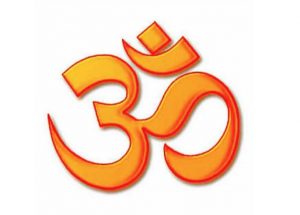
Which religous symbol is this?
Hinduism
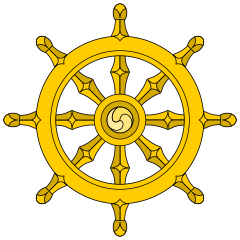
Which religous symbol is this?
Buddhism

Which religous symbol is this?
Confucianism

Which religous symbol is this?
Taoism/Daoism
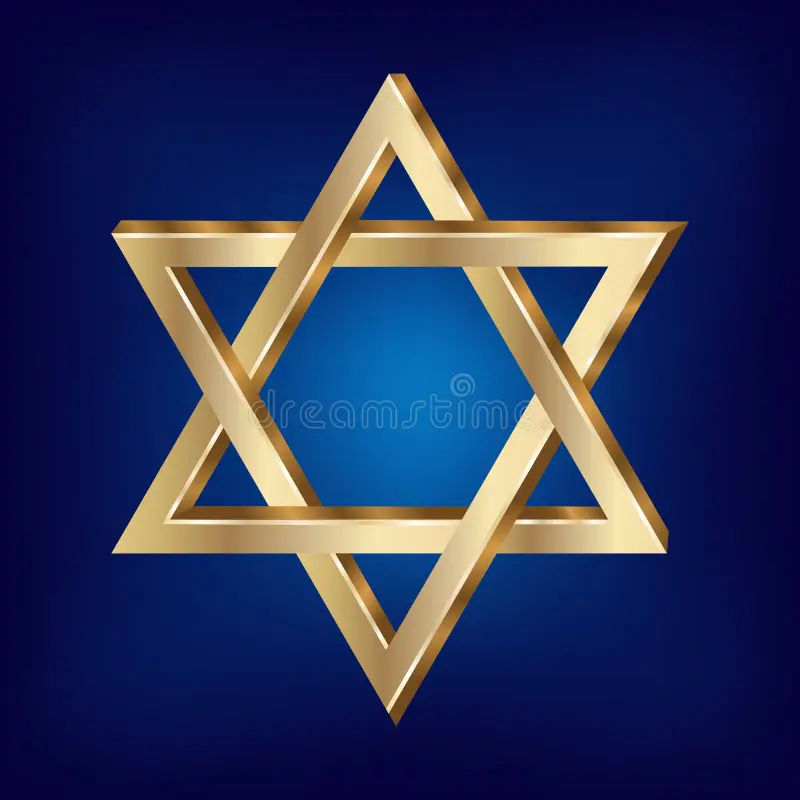
Which religous symbol is this?
Judaism
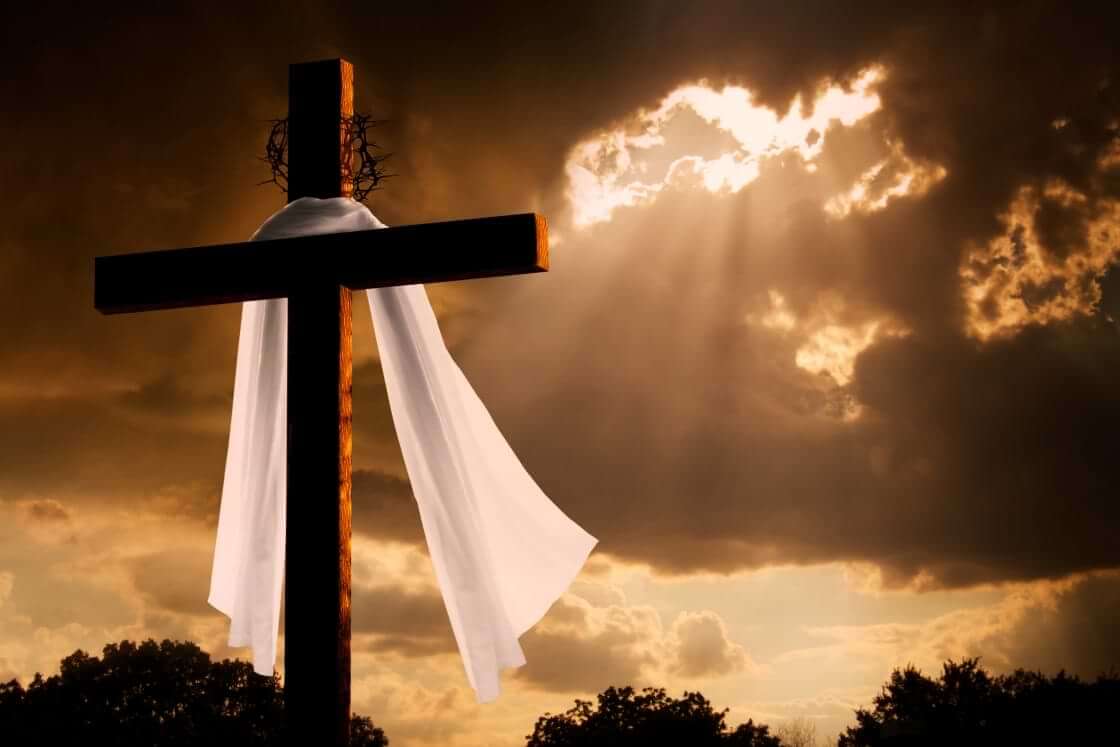
Which religous symbol is this?
Christianity
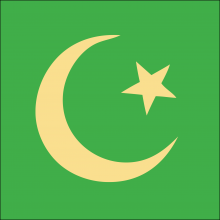
Which religous symbol is this?
Islam